Traveling to any part of the world comes with its own safety risks. Some places just have more safety issues than others. So what about the “best island in the world“? Is Palawan safe to travel, or is it dangerous for tourists?
Is Palawan Safe From Terrorism And Criminality?
The Philippines is just like any other country when it comes to safety. Some areas are considered more dangerous compared to others. But comparatively to the rest of the country, Palawan is considered as a one of the safest and most tourist-friendly place in the Philippines.
From time to time, you can hear about Travel Advisories issued by the embassies of different countries. They indicate specific places where security is considered risky. Most travel advisories concerning the Philippines caution against going to the southern part of the island of Mindanao, and Palawan is nowhere near that area.
The only noticeable warning in the past few years happened during the battle of Marawi in Mindanao (May-October 2017), when embassies from the UK, USA and Canada issued Travel Advisories saying that terrorist groups might be planning kidnappings in Palawan. Security was reinforced in tourist areas and, very fortunately, nothing of that sort happened.
Year by year, there is actually a significant decline in crime incidence in Palawan. Being a tourist destination, police visibility is high especially in areas popular with tourists. Robbery and pickpocketing incidents make up a huge bulk of these incidents. This is not surprising though since pickpockets often roam touristy areas anywhere in the world, may it be El Nido, Puerto Princesa, or Paris.
Is Palawan Safe From Natural Disasters?
Safety is not just about criminality, it can also involve natural occurrences. Some areas are considered hazardous because of frequent typhoons, earthquakes or the presence of active volcanoes. Fortunately, and unlike the rest of the Philippines, Palawan isn’t located on the Pacific Ring of Fire. It doesn’t have any active volcanoes, no active fault lines nor deep trenches, and is basically earthquake-free. That’s something less for the tourists to worry about.

But is it safe to travel to Palawan during the Monsoon Season? When it comes to typhoons, Palawan is also often spared from strong typhoons even during the height of the monsoon season. An average of 20 typhoons passes by the Philippines on a yearly basis. But most of them pass by the Visayas and Luzon area, and it is rare for Palawan to get hit by a powerful one.
Tips To Travel Safely In Palawan
Palawan may be basically safe from crime and natural disasters (or at least, not much more dangerous than other equally famous tourist destinations), one should always apply basic safety measures whenever they’re traveling. If you are going to Palawan soon, here are some tips on how you can have a safer trip.
Manage Your Cash
Do not bring all your money with you when you go out. Bring just enough money for your needs during a given day. If you have a safe in your hotel room, lock the rest of your cash in it so you can deter pickpockets while on tour. You should also keep your passport and other important documents in the safe while you tour Palawan.
A good way to limit the amount of cash you have on you is to book your tours and activities in advance. When you are looking for organizers in Palawan, you can select the ones who accept cashless payment methods such as PayPal, Credit Card or Bitcoin.
It is good idea to invest in a small body bag that you can use when you are outside. It is safer than backpacks since you can position the bag in your front and this will allow you to keep an eye on it at all times. Even better: you can find a body bag that is waterproof so you can use it to secure your valuables like your cash or mobile phone even during island hopping tours. (For more ideas on useful objects for your trip, check our Top Things to Bring in Palawan.)
Know Where To Get Help
Palawan requires tourists to register upon arrival. This is a way of monitoring how many visitors are received each year and a great opportunity for you to take note of the emergency numbers such as the police, hospitals, and rescue units. Just save the said numbers on your mobile phone so you have them in case needed. Another good idea is to keep the number of your country’s embassy in your contact list.

Tourists centers also show maps of the police stations, hospitals, government buildings and even evacuation areas in case of typhoons or other natural calamities. You can mark their locations in your map app, so you can easily locate them if you need to receive immediate assistance during such disasters.
Finally, don’t forget you can get help from the locals. Palaweños embrace tourism and are friendly to visitors, so if you require assistance during emergencies, don’t hesitate to ask them and chances are that they will give you the hand you need.
Follow Your Tour Guide
During tours, whether island hopping or inland tours, you will have a tour guide with you. Do not look at them as just an extra expense: tour guides know the area well and they are also there to make your stay safer. If your tour guide tells you to stay away from an area, follow their advice.
For example, there are instances when it is unsafe to swim on a particular beach. This can change depending on the weather condition. If your tour guide says that the conditions make it unsafe to swim, move on to the next site where you can swim safely. Some beaches have dangerous undertows or currents that make swimming dangerous even for season swimmers.
Mind The Wildlife
There are also some sea creatures that you should avoid while swimming in the waters of Palawan. In particular, lionfish, stonefish, and box jellyfish stings are extremely painful and can even be fatal to humans. It is a good idea to orient yourself about these creatures prior to your visit.

Informative Display made by Tropical Paradise Travel And Tours
Take note of what they look like so you’ll be able to identify them on sight. Most beaches put up warnings if these creatures are sighted. So if you see a warning about jellyfish sightings or sightings of stonefish or lionfish, heed the warning for your own safety. You should also invest in a pair of aqua shoes to protect your feet while wading in the waters.
There are also mosquito-borne diseases in the Philippines, such as malaria and dengue, and Palawan is no exception, especially in the southern part of the province. The most effective way to protect yourself is by getting all your vaccines up to date before traveling and by making a good use of mosquito repellent. The best way to avoid mosquite-borne disease is by avoiding mosquito bites.
Finally, be mindful that rabbies exists in Palawan and is far from being eradicated. You might find a cute puppy or dog along the road or playing on the beach, but you can never know if its vaccines are up to date and if it’s not infected. A simple lick on an open wound can transmit rabbies and there is no known cure for this disease once the symptoms appear. In a general manner, the best strategy to avoid getting infected, stung or bitten is by avoiding touching any wildlife, either underwater or on land (including stray dogs and cats).
So, Is It Safe To Tour In Palawan?
As long as you apply the basics rules of safety that every traveler should follow, yes, Palawan is a safe destinatin for tourists! But to make the most of your stay and safely organize your trip, we do recommend to plan and book your tours and activities in advance. You can do so with Tikigo: click here to start planning your adventures in Palawan!

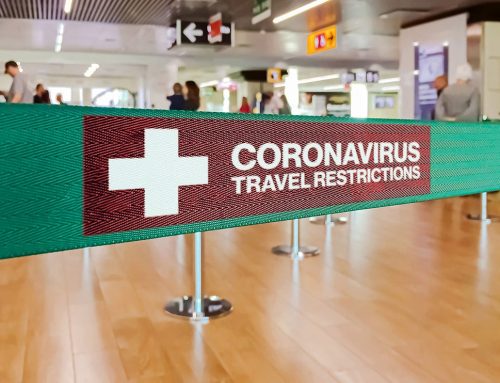
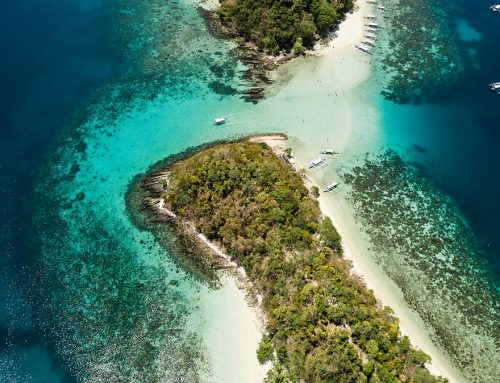
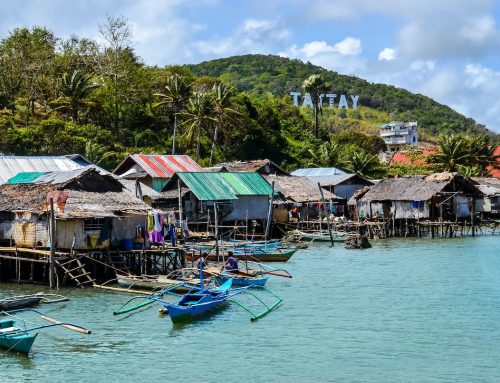
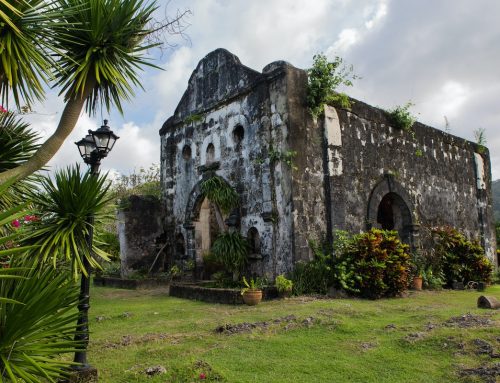
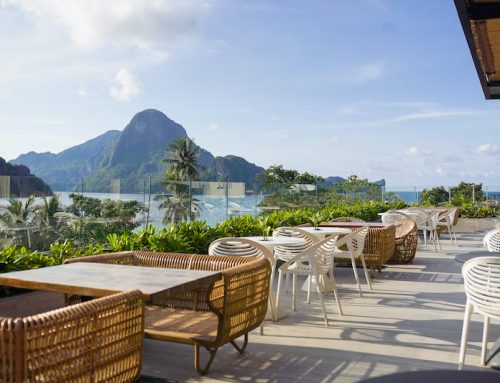
Hi ,
nice pic can you give me the address from this wooden beach house I love it thanks